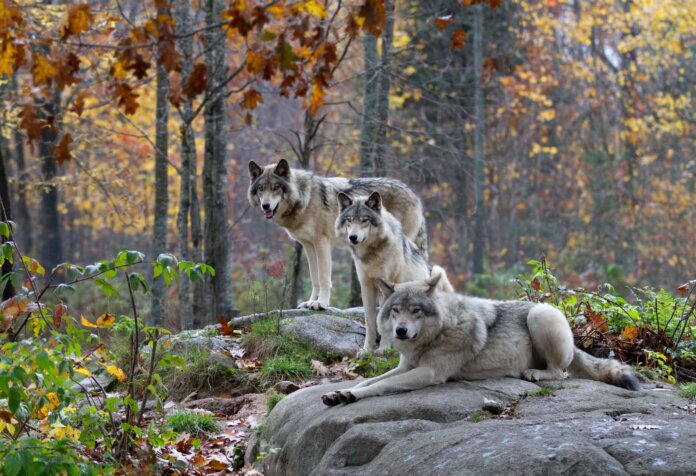Wolves, large predators from the canine family, strong and fast, have long stirred the human imagination. They were seen as companions of the gods, vessels of spirits, and totemic animals.
Some people are afraid of them, while others sincerely believe they are almost perfect creations of nature. From childhood, we are instilled with fear of dangerous predators, and they often become the main negative characters in fairy tales and legends.
But what does the average person know about wolves? Often not much that they are some of the largest predators of forests and steppes, the forest’s sanitarians, exterminating weak individuals and regulating the population they hunt in packs and howl at the moon.
Meanwhile, wolves are unusual animals that people dedicate years to studying.
We’ve gathered ten interesting facts about wolves that will allow you to learn a little more about them.
1. Monogamous animals
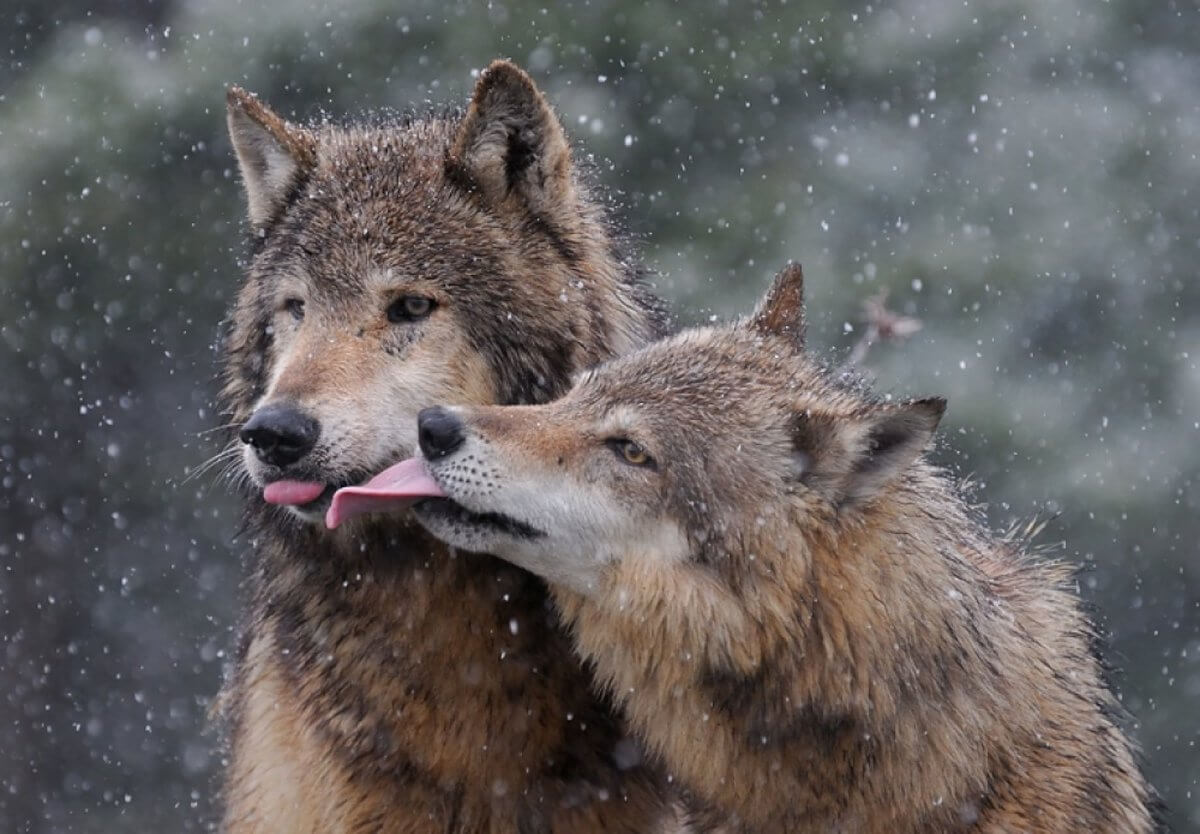
When talking about relationships, people always mention examples from the animal world, like swans or love-struck cats, but never about wolves. And that’s a shame. Because once they form a pair, wolves stay together for life.
Moreover, in spring, during mating season, a wolf and a female wolf may leave the pack to be alone with each other. And they behave surprisingly sweet and tender: they care for each other, nuzzle, lick, and affectionately nip.
Before giving birth, the she-wolf may behave aggressively towards other pack members, like the most loyal friend, and once the pups are born, their father actively participates in caring for them.
2. Howl – a means of communication
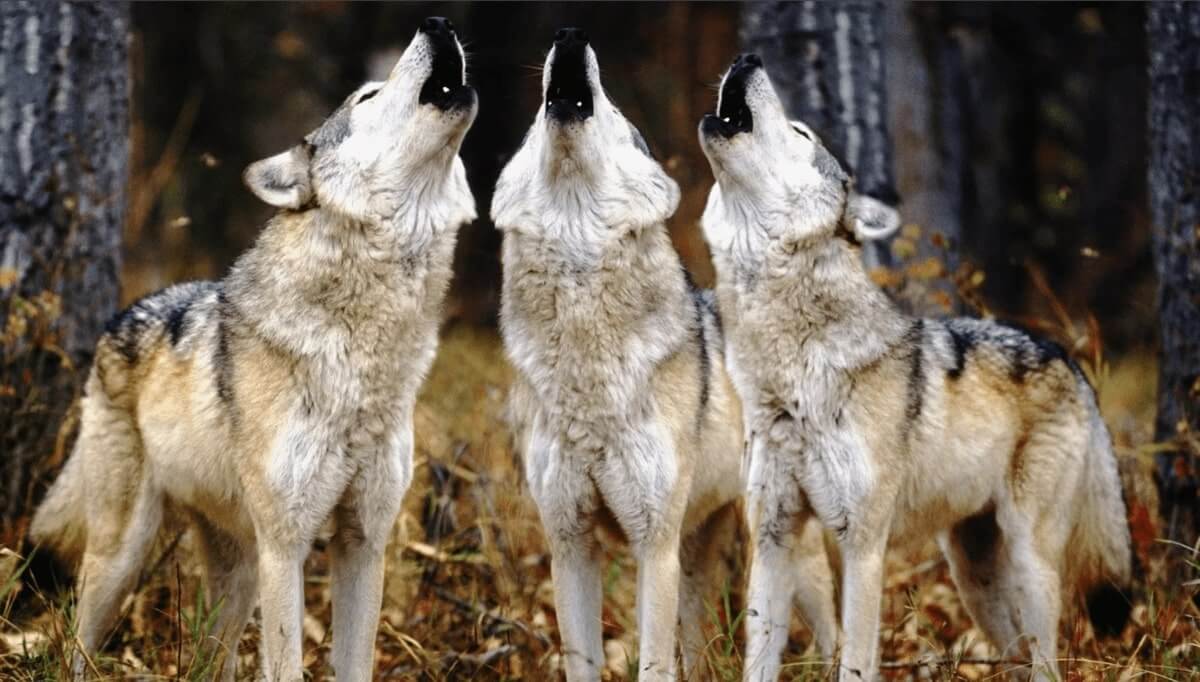
The wolf’s howl is one of the most chilling sounds that people often mentioned in the scariest tales. However, howling is actually a means of communication for animals over long distances. With it, an individual can summon a pack for hunting or migration, warn members of other packs to stay away.
Even lone wolves howl, for example, to find a mate or simply because they are alone. The howl lasts only a few minutes, but because of the echo, it seems much longer.
3. The wolf’s brain is 30% larger than that of a dog
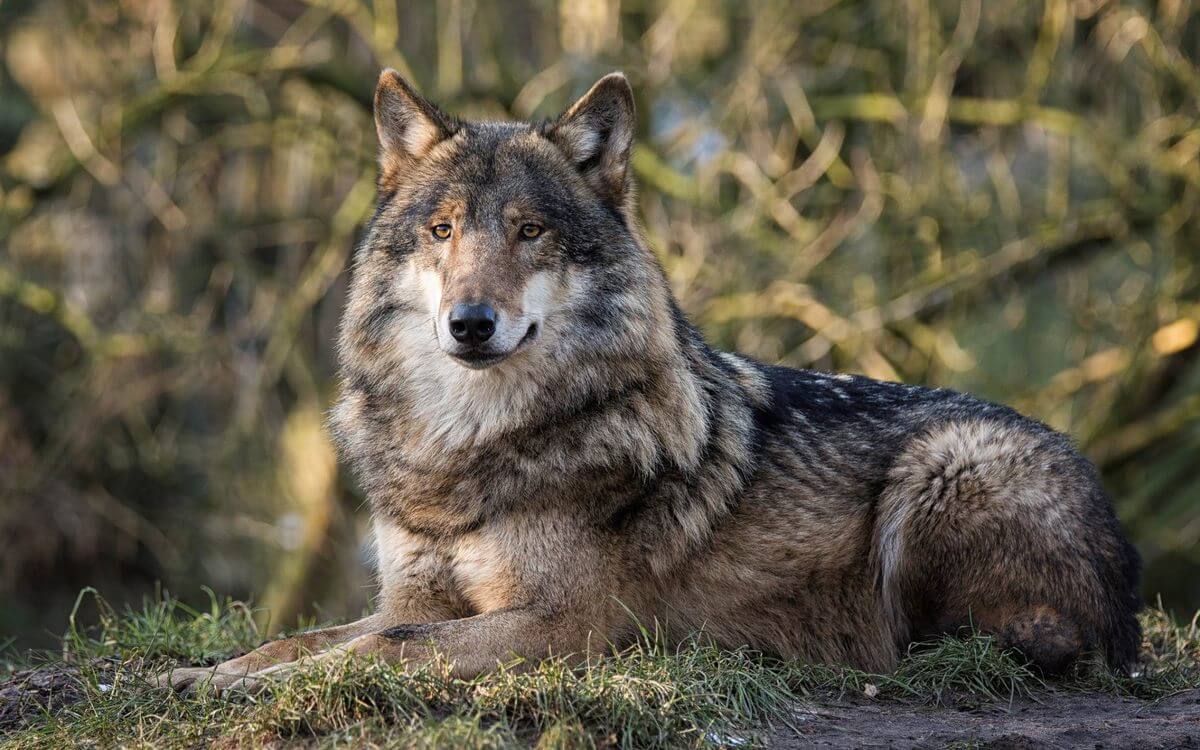
The wolf’s brain is 15-30% larger than that of a dog. But the size and weight of the brain itself doesn’t mean much: a sperm whale, whose brain can weigh up to 8 kg, is not considered the smartest animal.
However, scientists have proven that on average, the wolf possesses a more outstanding intelligence. For example, it can open a pen door in a kennel by observing a human.
Scientists conducted an experiment in which they showed puppies of dogs and wolves how to open a box of treats, and the wolf cubs succeeded every time, while the dogs only managed in 4 out of 10 cases.
4. The wolf pack lives by its own rules
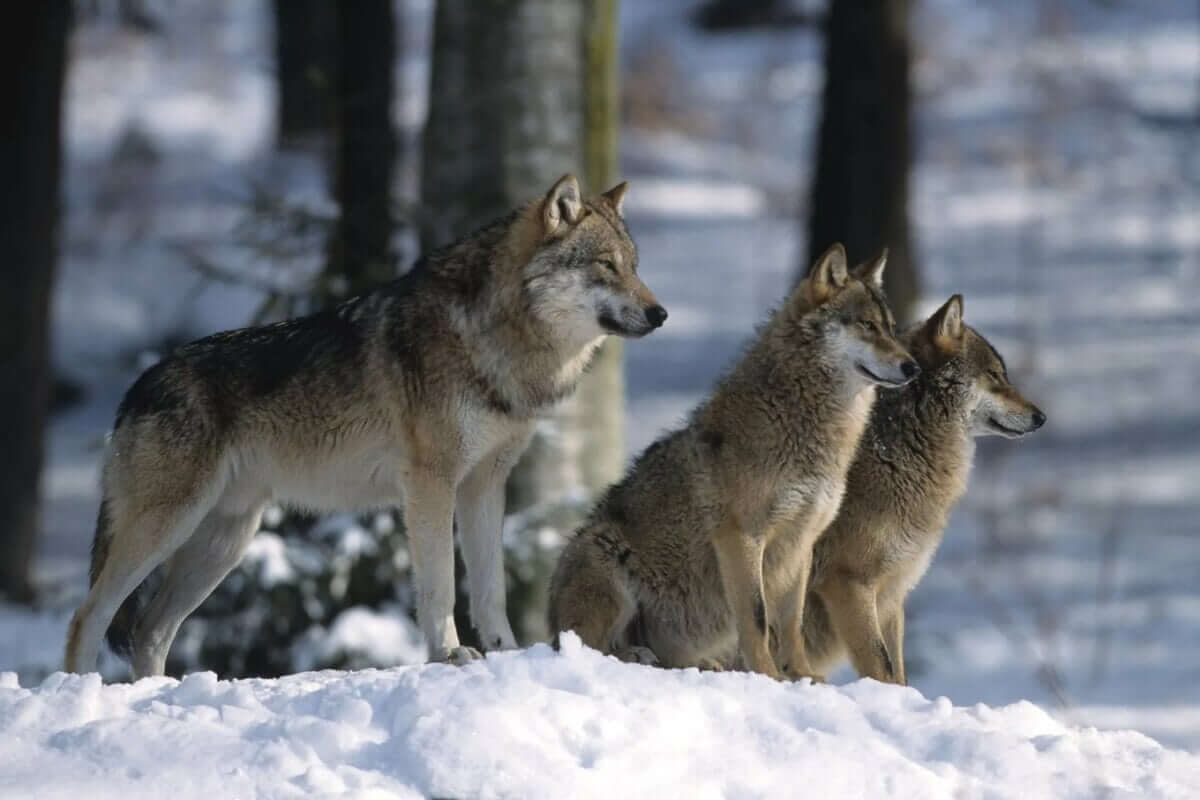
In a wolf pack, there is a strict hierarchy. At the top is the leader. It’s not always the strongest individual, but definitely the smartest and most mentally stable. The leader’s female also holds a lot of authority. The beta is the next wolf after the leader. There are also warriors in the pack, both males and females without pups. The old and sick individuals are at the bottom.
This hierarchy determines the order in which pack members access food, whether they will have pups, and whether they are obligated to obey. Fights and settling of relationships are rare, usually the strongest quickly explain everything to the daredevils.
At the same time, the pack exists by altruistic laws, and each member does everything for the well-being of the collective as a whole.
5. They can attack people as a result of rabies
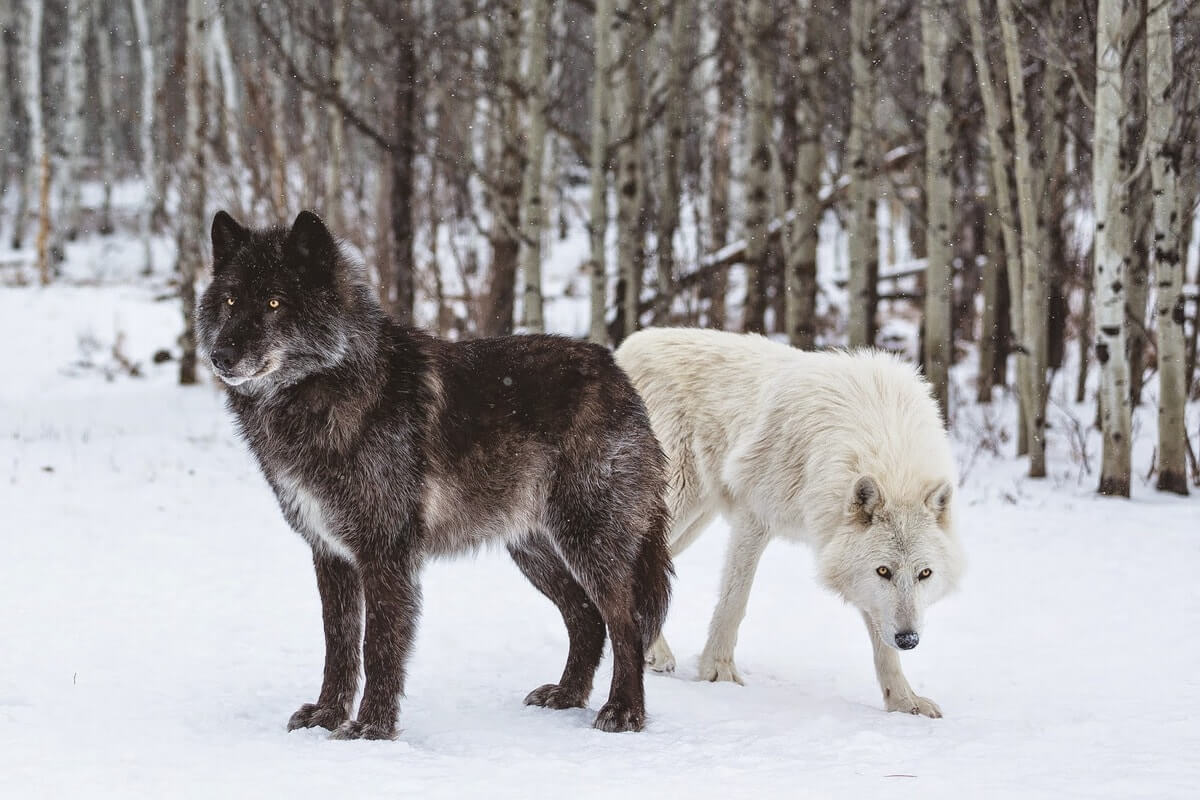
Despite the fact that most people are quite reasonably afraid of wolves, the animals themselves, like all others, are afraid of humans and prefer to steer clear. The only exception may be an especially hungry year, when a wolf may decide to take a risk and attack people who are in the wrong place at the wrong time.
If an animal approaches a human without showing fear, then the reason is most likely one – rabies. Such an animal can attack even without an obvious reason, and it’s unlikely that it will all end with just one bite.
6. In North America, you can find hybrid animals (crossbreeds with dogs)

Scientists have known for a long time that dogs can successfully mate with wolves. Archaeological discoveries have confirmed these theories. Today, free mating is possible if wild wolves do not see stray dogs as competitors for some reason.
These hybrids, called wolf-dogs, have much better abilities than dogs. They have sharper sense of smell and hearing, and they are much stronger. They are also much more aggressive. The hybrids have the strength of a wolf, but they completely lack its caution and can attack humans. Attempts have been made to artificially mate dogs and wolves, but the resulting puppies turned out to be too aggressive and could not be trained.
The most successful experiment was conducted by the Perm Institute of Internal Troops, where their hybrids, despite all their positive qualities, could be trained and used for service.
7. In some countries around the world, they are completely extinct
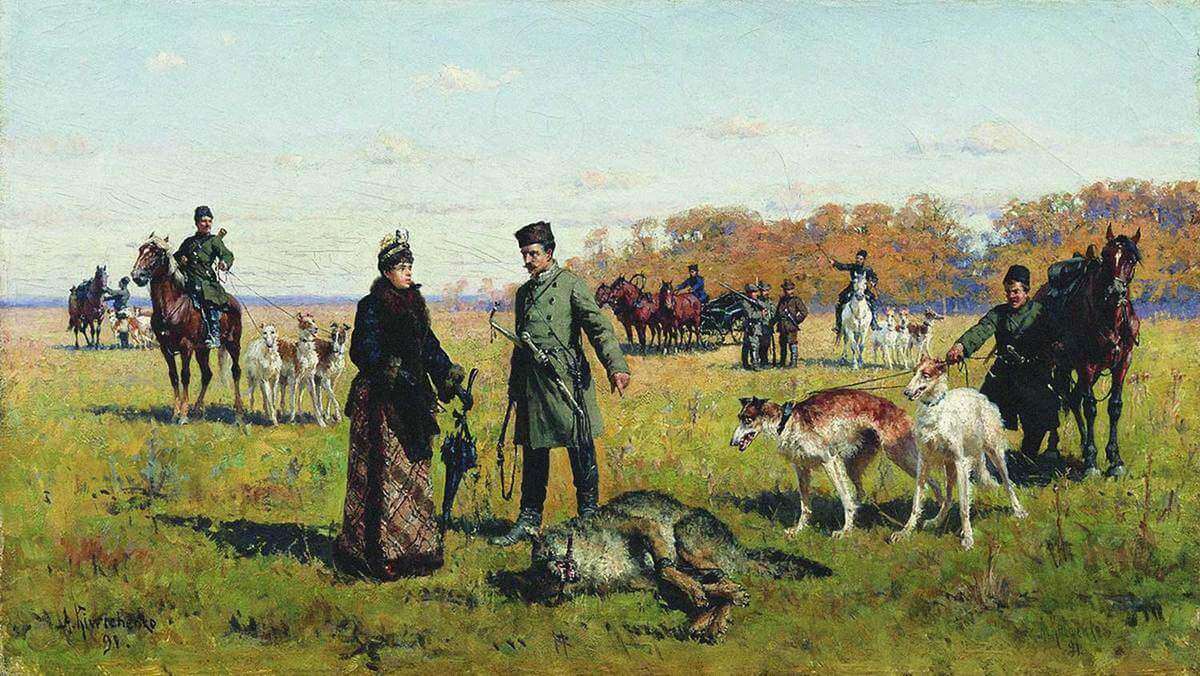
Wolves caused major trouble for the population of Europe, especially for its farmers, mostly in Great Britain. We’ve already talked about how popular wolf hunting was in Ireland, and the last predator there was killed at the end of the 17th century.
The official date of wolf extermination in Scotland is considered to be 1680, but there are legends that individual specimens were encountered as late as the 19th century. For the most part, these animals have been completely destroyed in most of Europe. Some wild packs manage to survive in remote forest and mountainous areas of Russia, Romania, and Greece.
Their population in Italy is 250 heads, and they are under protection. In Sweden, there are only about a dozen individuals left, and they are under strict state protection. However, if a careless predator wanders into Norwegian territory, it could very well meet a local farmer’s gun. The question of preserving the wolf population is acute in Europe, but it’s not so easy to do.
8. The tail of an animal expresses its feelings
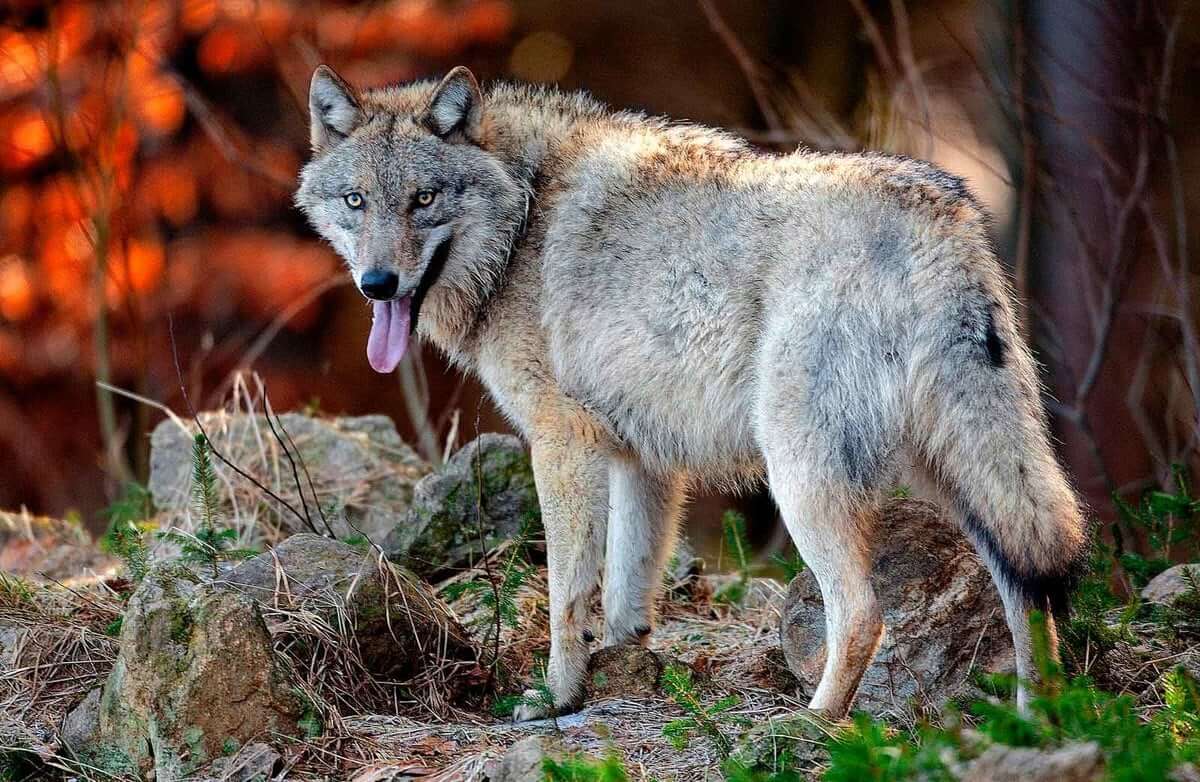
Along with the expression on the face, the tail helps the pack members understand the individual’s mood and position in the pack. For example, the leader holds the tail raised or parallel to the back, while a frightened animal lowers it between its hind legs, pressing it to the abdomen.
You can tell that a wolf is in a good mood by its lowered relaxed tail, and if it’s content, it will wag it from side to side, but not as actively as dogs. An angry animal moves slowly and deliberately, with each step filled with threat, including the movement of the tail.
9. The weight and size of different species vary significantly from each other
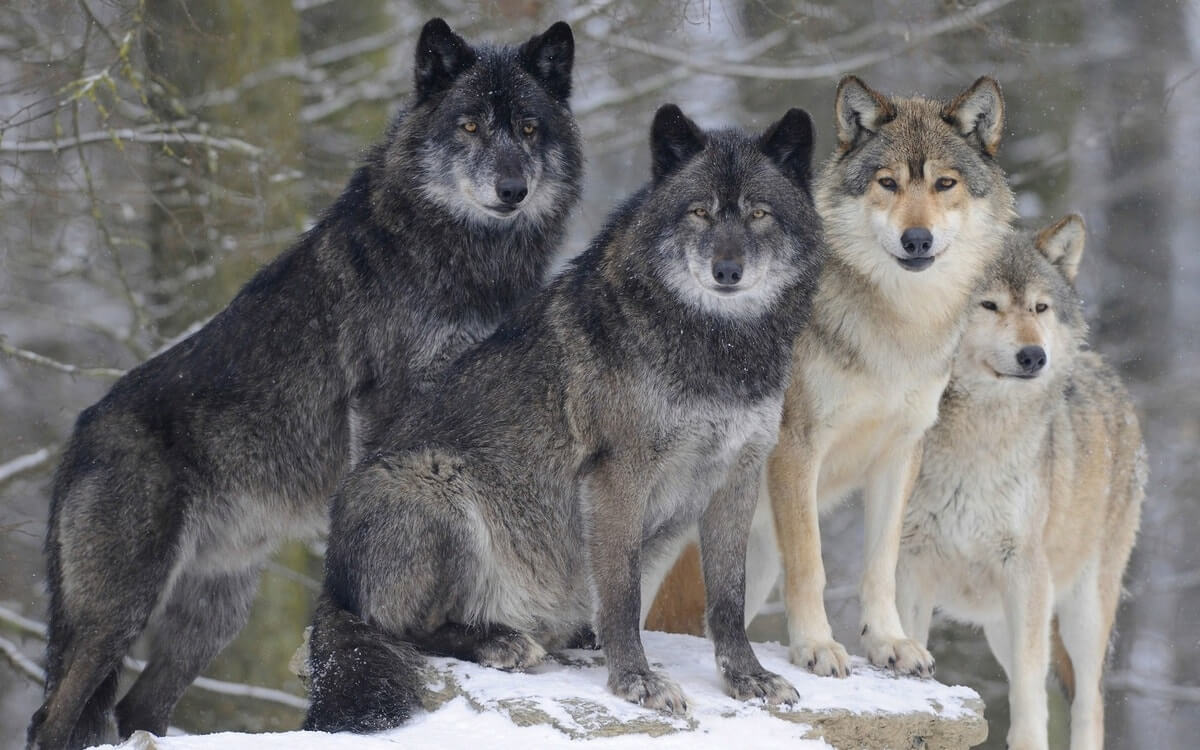
The wolf varies from wolf to wolf. These animals inhabit practically all climate zones from the far north to tropical forests, and each species is characterized by its own parameters.
For example, the common gray wolf grows to a length of one to one and a half meters, and its height at the withers is 80-85 cm. The predator’s weight in Europe averages 39 kg, while its North American counterpart weighs 36 kg. The further south, the lighter they are, which makes sense.
Individuals living in India weigh 25 kg. Record-breaking large individuals reach a weight of 100 kg and inhabit the northern latitudes. They have thick fur, a powerful undercoat, and a reliable layer of fat to protect them from harsh conditions.
10. Ireland in the 17th century was known as the Wolf Land
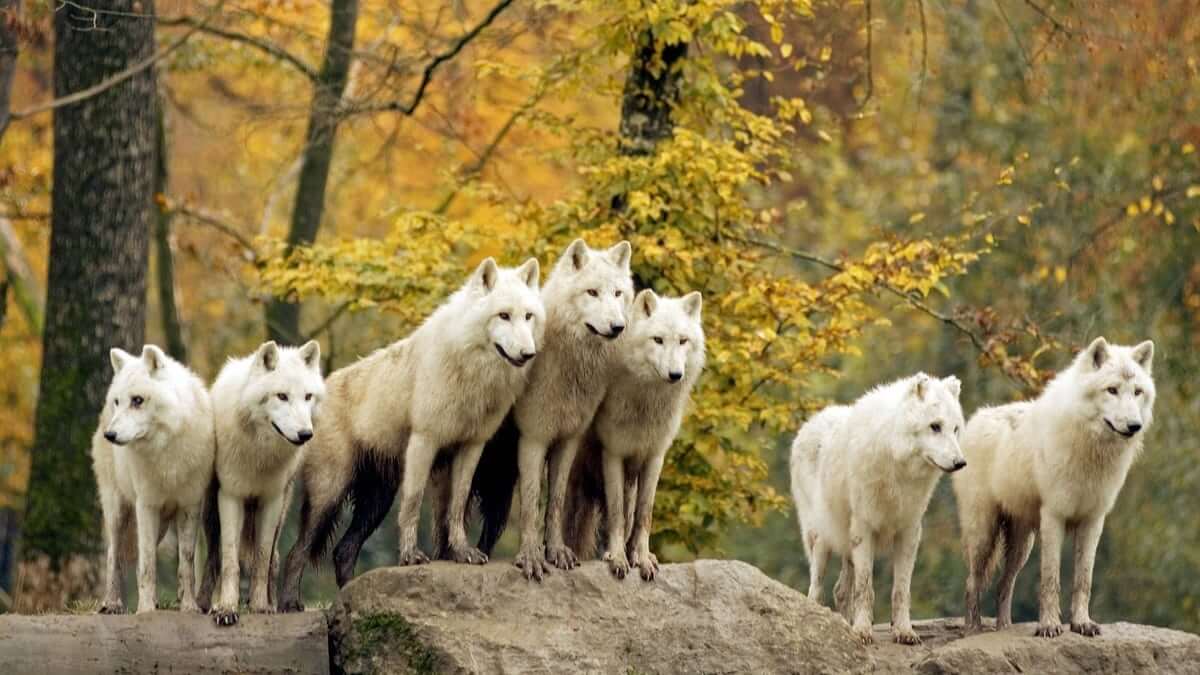
In the 17th century, Ireland was known as the “Wolf Land”. At that time, there were a huge number of wolf packs in the country.
The fierce predators posed a major threat to livestock and caused significant damage to shepherds, so the profession of wolf hunter quickly became popular and quite in demand. In addition, hunting these animals was one of the favorite pastimes of the nobility, who kept specially trained wolfhounds for this purpose.
